Intel ships Apple-bound Atom, hints at 2009 notebook platform
At the spring edition of its bi-annual Developer Forum, Intel has released the first Atom processors, some of which should reach Apple's ultra-mobile devices. The company has also provided first clues as to the future of the Centrino platform that will form the basis of next year's Macs.
Four of these models are intended for sub-notebooks and ultra-mobile PCs that can afford larger batteries and cases than conventional handhelds. The first models will run at clock speeds between 1.1GHz and 1.86GHz and will consume between 2 and 2.4 watts of power in normal use — less than a tenth of the power used by a typical Core 2 Duo notebook processor, which uses 35 watts. All but the 1.1GHz chip will support Hyperthreading, a carryover from the Pentium 4 era that can provide some (though not all) the benefits of dual cores by running two program threads at once.
However, a fifth processor is destined for the smallest of devices, according to Intel. Running at just 800MHz, the most portable version of Atom will use just 0.65 watts of power and is built to run without ever needing active cooling. This is primarily built for a new class of devices known as Mobile Internet Devices, or MIDs, which are pitched as a cross between portable media players and Internet communicators.
Every processor will have access to a System Controller Hub chipset that links the Atom to the rest of the handheld and also accelerates all of the device's media playback, including 3D visuals, HD video, and sound.
The shipment will likely prove critical for Apple and helps define its mobile strategy for 2008. Late last year, AppleInsider exclusively revealed that the Mac maker would use the UMPC platform extensively in a range of devices, which may include the company's in-development Those who prefer larger portables will also have a significant upgrade to look forward to next year, according to a presentation by Intel Mobility Group manager Dadi Perlmutter. While shy on details, the executive reveals that a 2009 update to the Centrino mobile chipset — so far nicknamed "Calpella" — will feature much more intelligent power management that extends to wireless networking. When only used lightly, a Calpella-based notebook will ramp down power to its Wi-Fi radio to conserve energy.
The platform will also have stricter security measures and should upgrade the integrated graphics hardware. This comes in addition to improved memory support and overall performance that will ship with the Nehalem processor architecture the same year.
While Apple has often used different wireless chipsets in its computers, the Cupertino-based company has used all other components of Intel's Centrino platform in its iMacs, Mac minis, and MacBooks since switching to Intel's architectures in 2006 and is expected to continue using successors to Centrino for the foreseeable future.
 Katie Marsal
Katie Marsal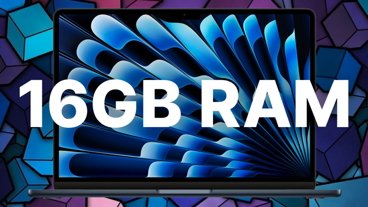
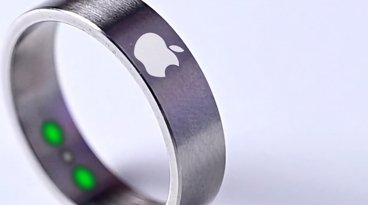



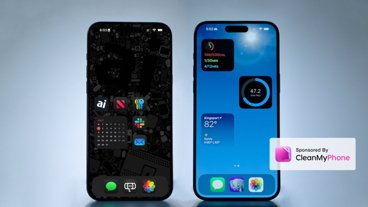

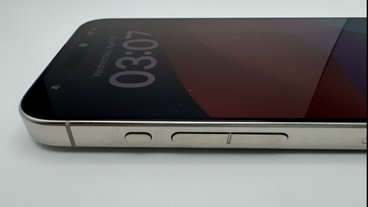

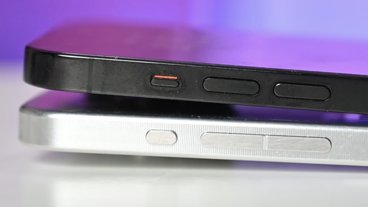
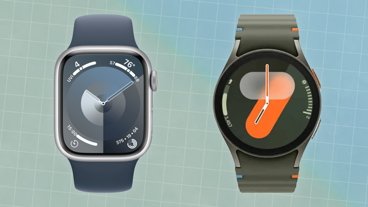



 Amber Neely
Amber Neely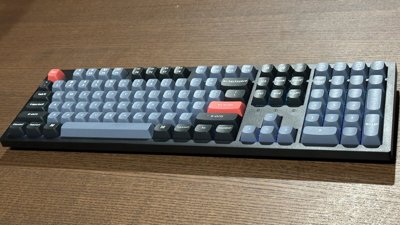
 Thomas Sibilly
Thomas Sibilly
 AppleInsider Staff
AppleInsider Staff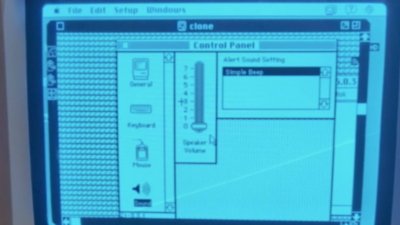
 William Gallagher
William Gallagher
 Malcolm Owen
Malcolm Owen
 Christine McKee
Christine McKee
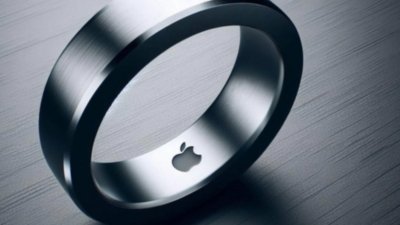
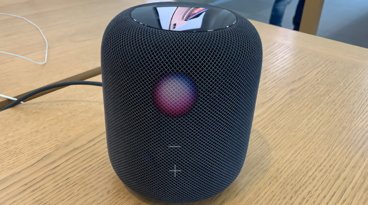

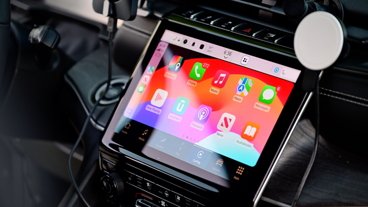
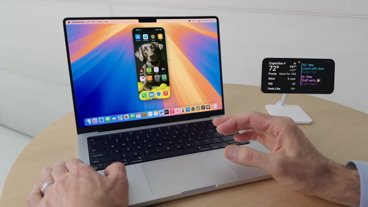
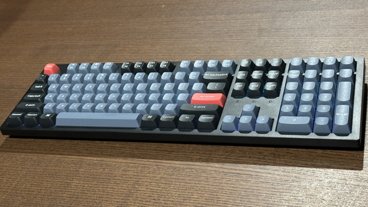
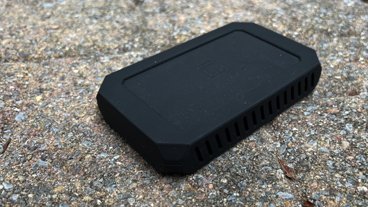
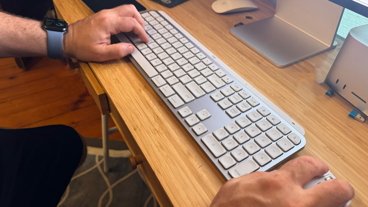

26 Comments
This all sounds good to me. Though, from what I hear, it won't be going into an iPod or iPhone for a while. I wonder if Apple has something else up its sleeve to take advantage of the smallest of these processors.
You guys are full of it. You so confidently rabbit on about Apple using this processor but you have no evidence. You "exclusively reveal"... your own opinion and speculation!
Really, you guys are a joke.
You guys are full of it. You so confidently rabbit on about Apple using this processor but you have no evidence. You "exclusively reveal"... your own opinion and speculation!
Really, you guys are a joke.
Well, it seems to keep bringing you back to the site!
But if you are really that upset, I am sure there are other web sites to visit on the Internets if you look really hard...
Basically, when the current generation of processors are in sleep mode the processor polls many different services at random time intervals to see if it needs to do anything. The way they are saving power is by synchronizing the processor polling, so that the processor polls all of the hundreds of processes it needs to at the time time and is using much less power the rest of the time. This means that 95% of the time that the computer is idle it is using about half the power that it normally would during its rest state, and the other 5% of the time the processor polls all the services at once so the power spikes up to roughly the consumption level of today's processors at rest state. The result is that the processor uses dramatically less power when asleep.
Great news. Thanks! Could these chips be used on the iPhone and iPod touch? That would mean the full Mac OS X inside as well. What are the prices of these chips? Thanks.